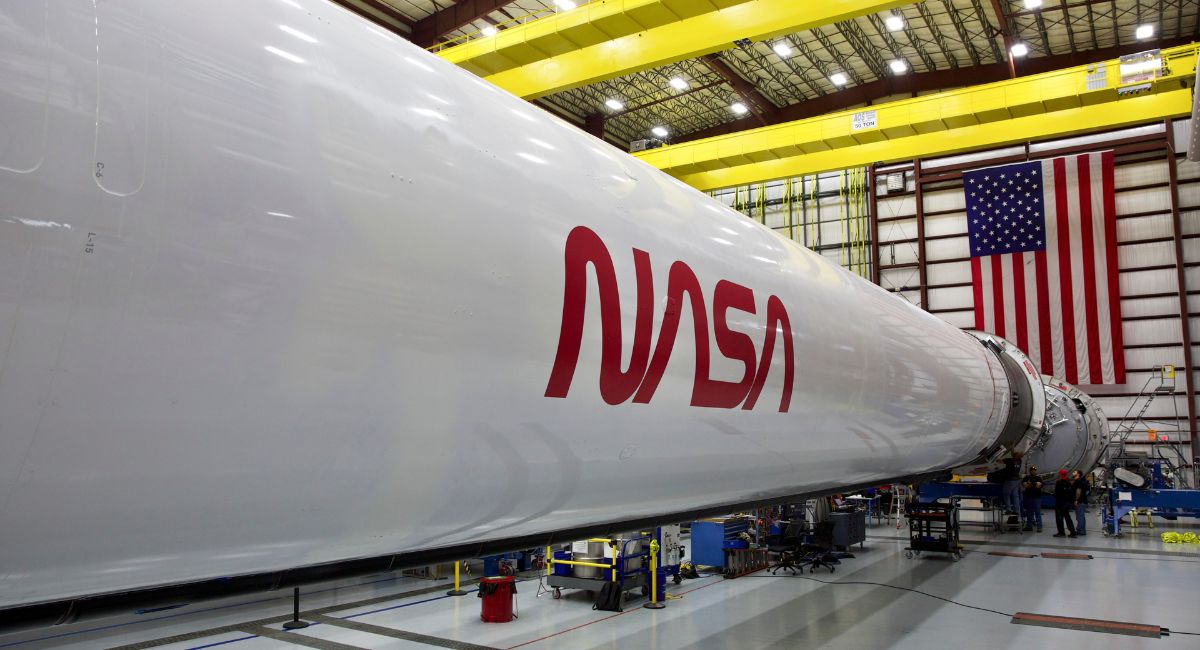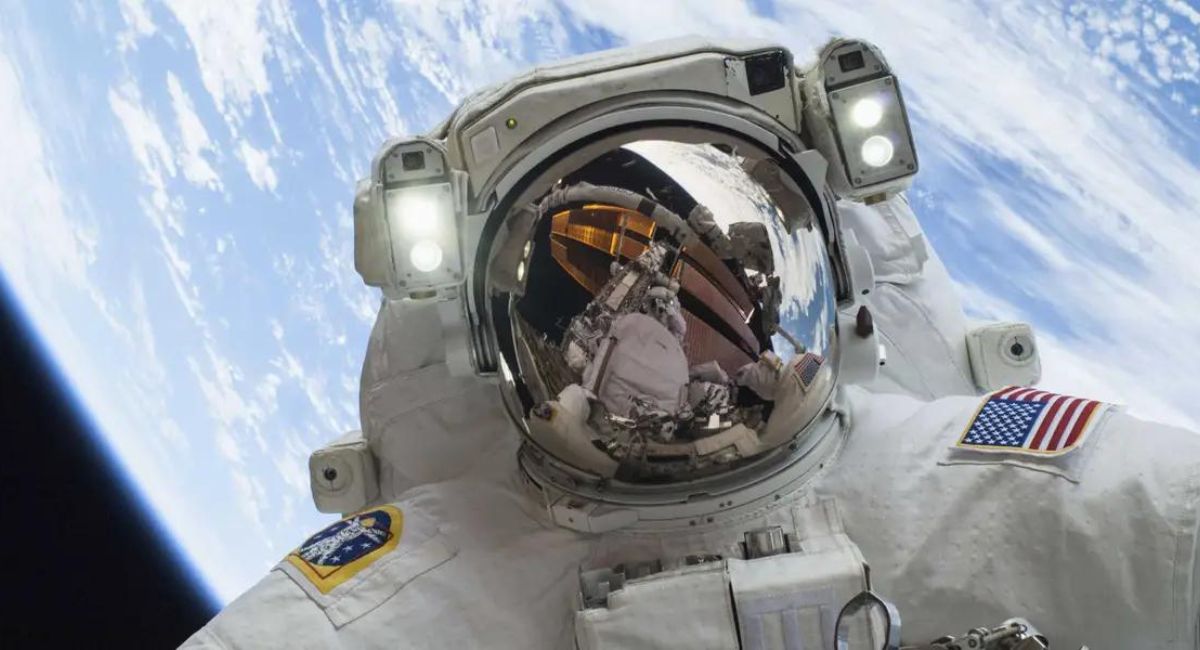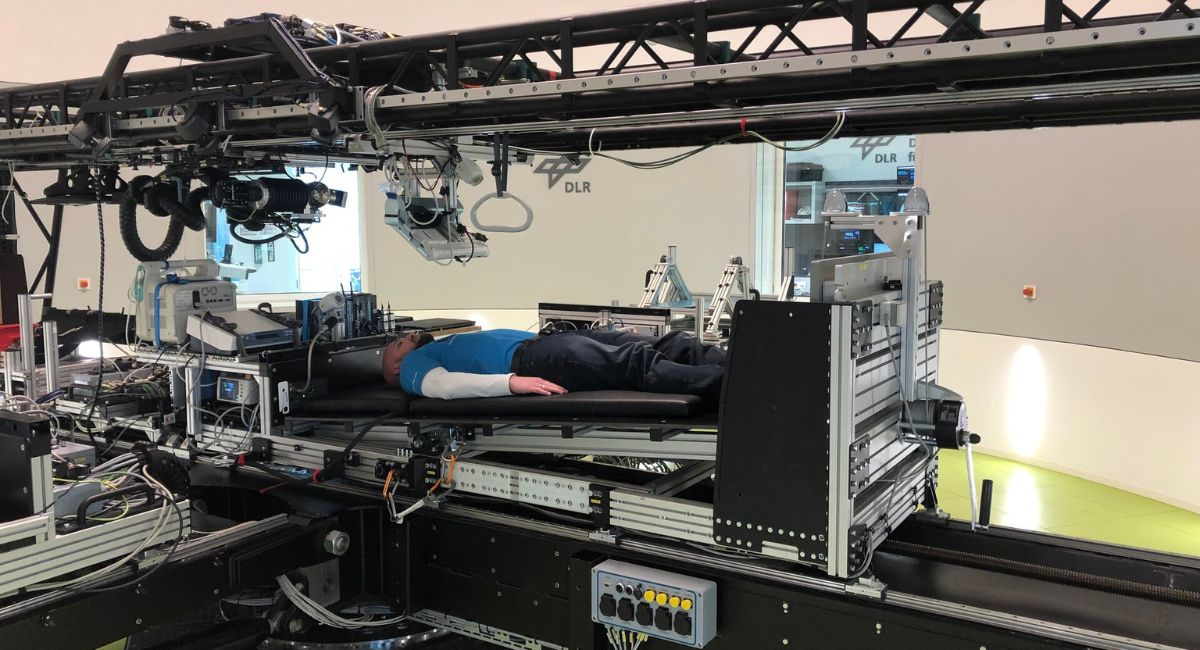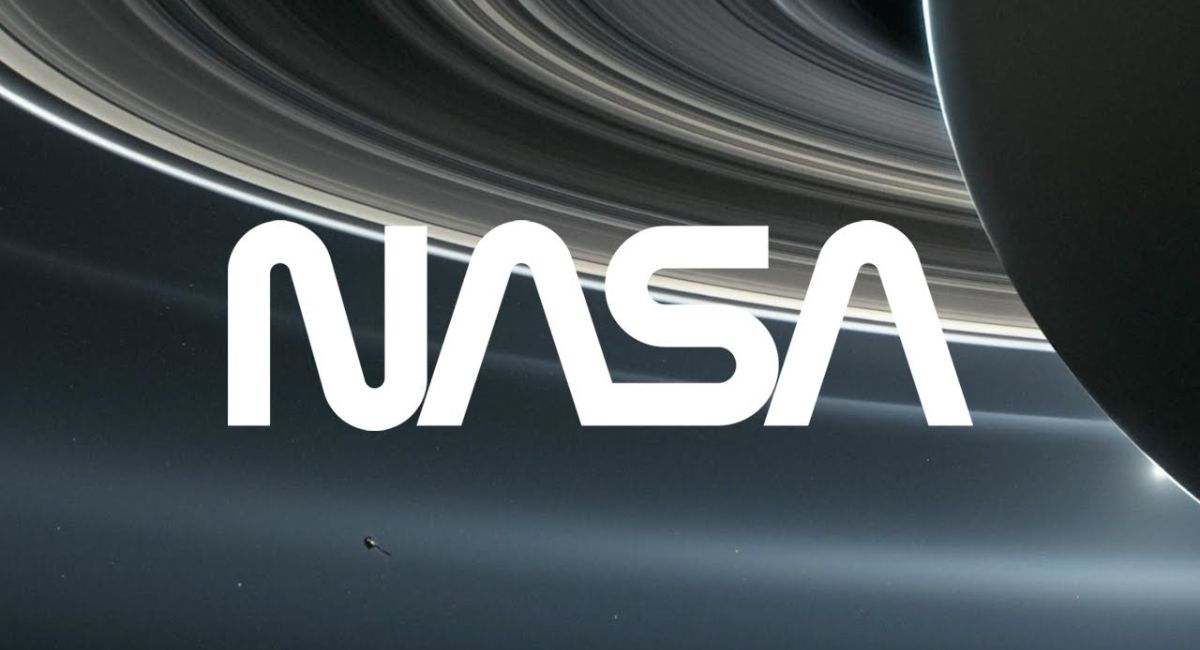NASA Conducts Tests With Artificial Gravity
September 08, 2022 By Awanish Kumar

(Image Credit Google)
A study by NASA revealed that artificial gravity could reduce the health problems of astronauts while traveling to space. Furthermore, the agency experimented with "model organisms" or other life forms that biologically resemble humans to investigate how they are affected by the effects of space, like changes in gravity, radiation, etc. Additionally, NASA's aim in conducting these tests is to prepare for future long-duration space trips.
How Does Microgravity Harm Astronauts Healthwise?
Microgravity is a condition of very weak gravity. It is what astronomers experience in space. Dr. Janani Iyer, a project scientist at Universities Space Research Association (USRA) at NASA's Ames Research Center in Silicon Valley, California, stated that microgravity poses risks to the central nervous system. She believes that for future long-duration travels, we might require protective measures against it.
 In a NASA press release, Iyer said, "As we venture back to the Moon and onto Mars, reducing the harmful effects of microgravity will be key to keeping future explorers safe. This study is a step in the right direction to explore the protective effects of artificial gravity in space and to understand the adaptation to Earth conditions after returning from space."
In a NASA press release, Iyer said, "As we venture back to the Moon and onto Mars, reducing the harmful effects of microgravity will be key to keeping future explorers safe. This study is a step in the right direction to explore the protective effects of artificial gravity in space and to understand the adaptation to Earth conditions after returning from space."
Nasa’s Experiment With Artificial Gravity
The space agency used fruit flies for the study since they share an evolutionary history with humans. In addition, the cellular and molecular mechanisms of fruit flies and humans are the same. Also, they share more than 75% of the genes that lead to disease.
 Furthermore, the life expectancy of flies is around two months, and they can breed in mere two weeks. Thus, scientists can learn more about their biology in a short time thanks to the three weeks the flies spend in space. According to NASA, it is roughly equivalent to three decades of human life.
NASA took the flies to the ISS (International Space Station) for the study, where they tested them in a contraption that could keep flies under various amounts of gravity. Additionally, the scientists divided the flies into three groups - one under low-Earth orbital microgravity, the other under artificial gravity (created by spinning the enclosure in a centrifuge), and the last remained on Earth as a control.
Furthermore, the life expectancy of flies is around two months, and they can breed in mere two weeks. Thus, scientists can learn more about their biology in a short time thanks to the three weeks the flies spend in space. According to NASA, it is roughly equivalent to three decades of human life.
NASA took the flies to the ISS (International Space Station) for the study, where they tested them in a contraption that could keep flies under various amounts of gravity. Additionally, the scientists divided the flies into three groups - one under low-Earth orbital microgravity, the other under artificial gravity (created by spinning the enclosure in a centrifuge), and the last remained on Earth as a control.
The Results
After three weeks in space, NASA brought the flies back to Earth. Then they thoroughly studied their behavior, gene expression changes, cellular alterations in their brains, and how they aged after space travel.
 The scientists discovered that the space-traveling groups showed symptoms of altered metabolism, harmful effects on their nervous systems, and oxidative stress in their cells. However, the groups under artificial gravity did not show cell death, loss of neurons, oxidative damage, and change in the glial cells' number (present in the central nervous system).
The scientists discovered that the space-traveling groups showed symptoms of altered metabolism, harmful effects on their nervous systems, and oxidative stress in their cells. However, the groups under artificial gravity did not show cell death, loss of neurons, oxidative damage, and change in the glial cells' number (present in the central nervous system).
By Awanish Kumar
I keep abreast of the latest technological developments to bring you unfiltered information about gadgets.


 In a NASA press release, Iyer said, "As we venture back to the Moon and onto Mars, reducing the harmful effects of microgravity will be key to keeping future explorers safe. This study is a step in the right direction to explore the protective effects of artificial gravity in space and to understand the adaptation to Earth conditions after returning from space."
In a NASA press release, Iyer said, "As we venture back to the Moon and onto Mars, reducing the harmful effects of microgravity will be key to keeping future explorers safe. This study is a step in the right direction to explore the protective effects of artificial gravity in space and to understand the adaptation to Earth conditions after returning from space."
 Furthermore, the life expectancy of flies is around two months, and they can breed in mere two weeks. Thus, scientists can learn more about their biology in a short time thanks to the three weeks the flies spend in space. According to NASA, it is roughly equivalent to three decades of human life.
NASA took the flies to the ISS (International Space Station) for the study, where they tested them in a contraption that could keep flies under various amounts of gravity. Additionally, the scientists divided the flies into three groups - one under low-Earth orbital microgravity, the other under artificial gravity (created by spinning the enclosure in a centrifuge), and the last remained on Earth as a control.
Furthermore, the life expectancy of flies is around two months, and they can breed in mere two weeks. Thus, scientists can learn more about their biology in a short time thanks to the three weeks the flies spend in space. According to NASA, it is roughly equivalent to three decades of human life.
NASA took the flies to the ISS (International Space Station) for the study, where they tested them in a contraption that could keep flies under various amounts of gravity. Additionally, the scientists divided the flies into three groups - one under low-Earth orbital microgravity, the other under artificial gravity (created by spinning the enclosure in a centrifuge), and the last remained on Earth as a control.
 The scientists discovered that the space-traveling groups showed symptoms of altered metabolism, harmful effects on their nervous systems, and oxidative stress in their cells. However, the groups under artificial gravity did not show cell death, loss of neurons, oxidative damage, and change in the glial cells' number (present in the central nervous system).
The scientists discovered that the space-traveling groups showed symptoms of altered metabolism, harmful effects on their nervous systems, and oxidative stress in their cells. However, the groups under artificial gravity did not show cell death, loss of neurons, oxidative damage, and change in the glial cells' number (present in the central nervous system).






